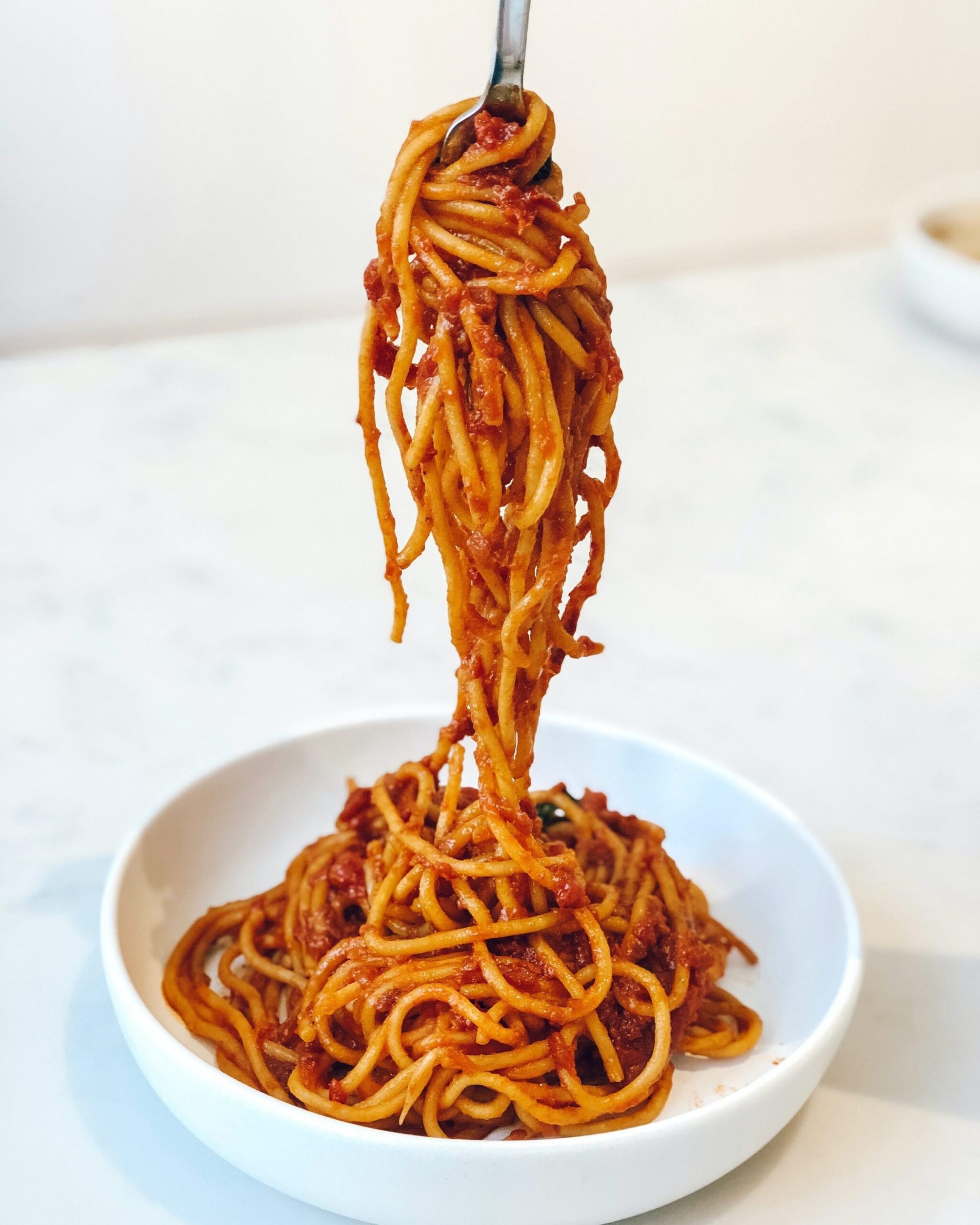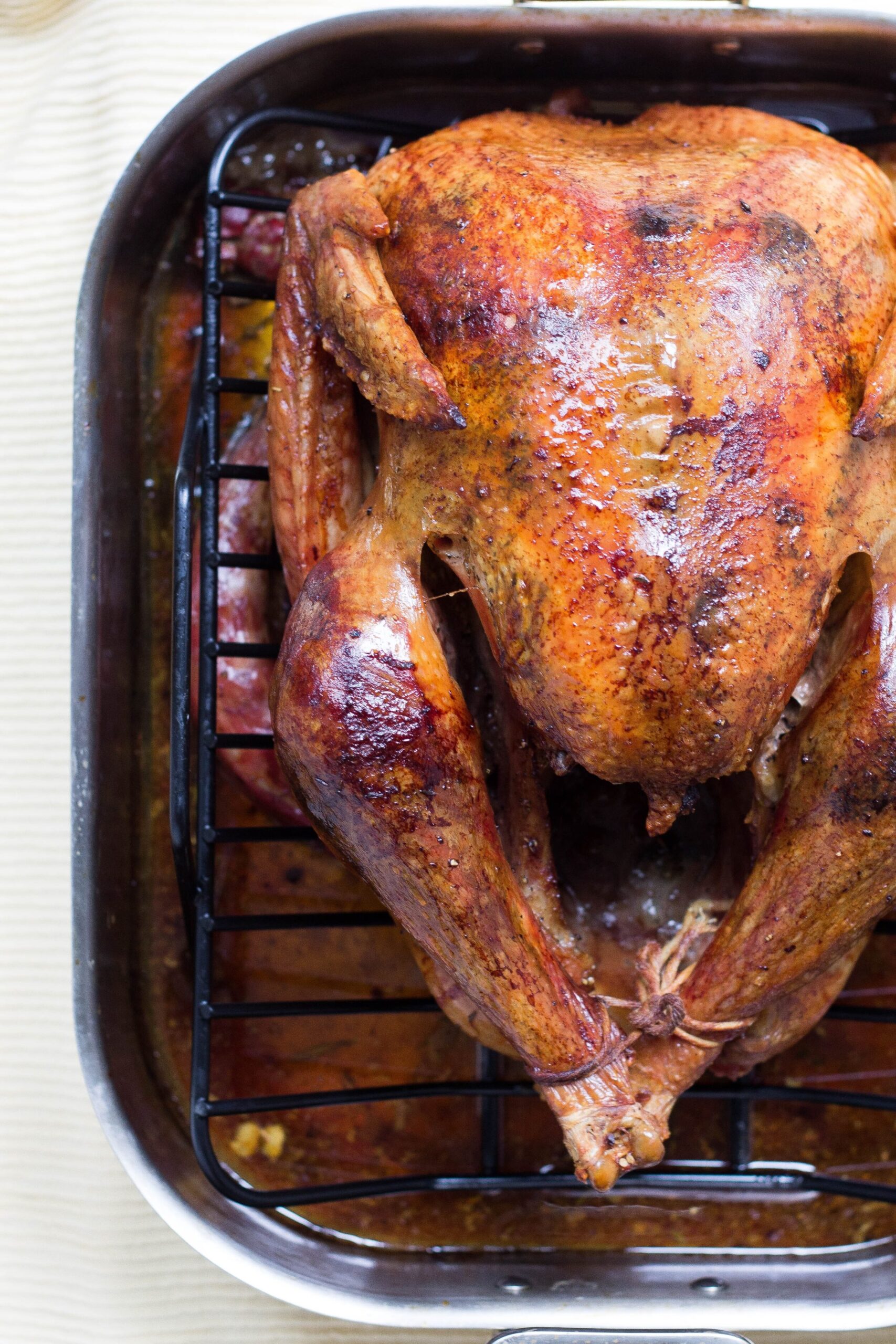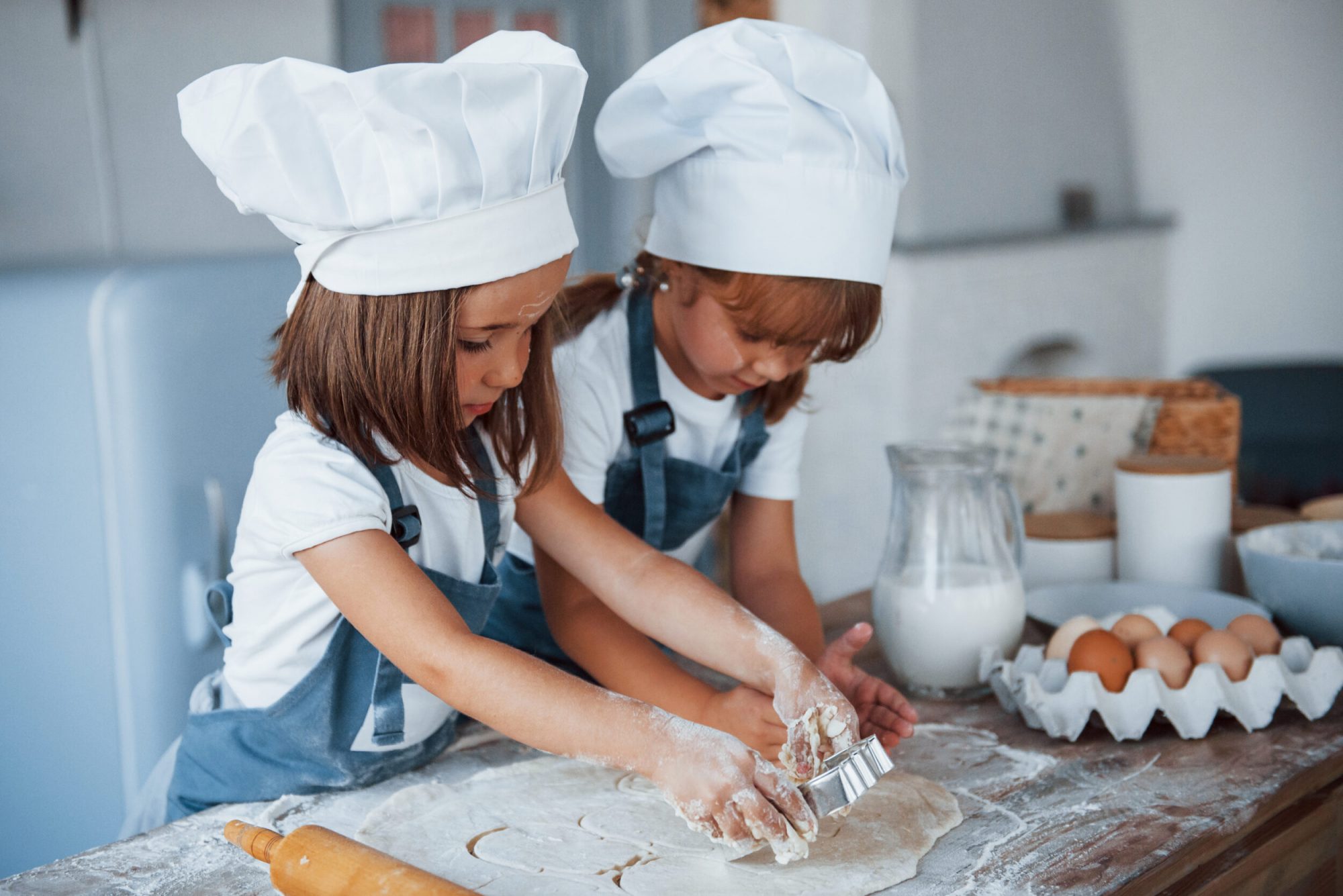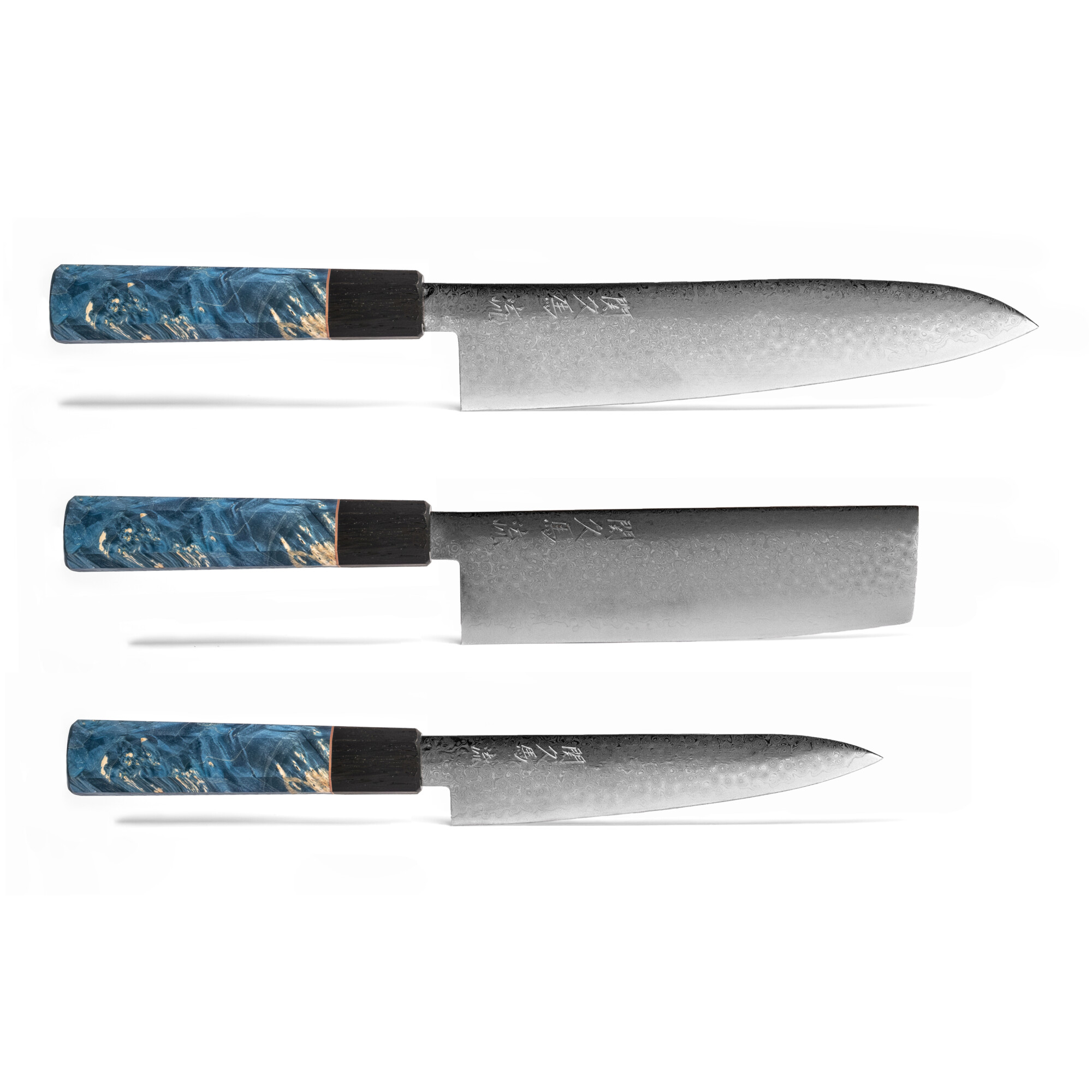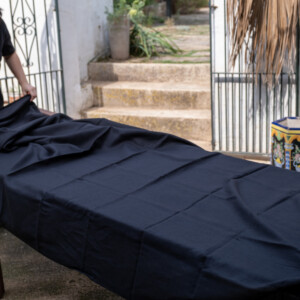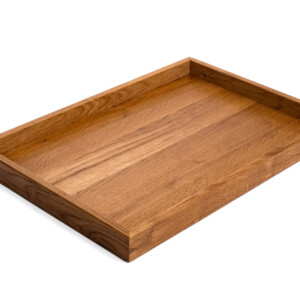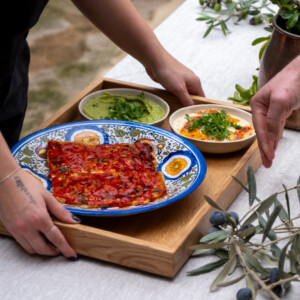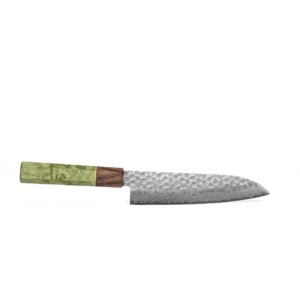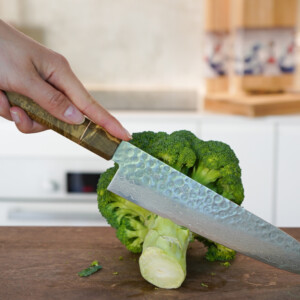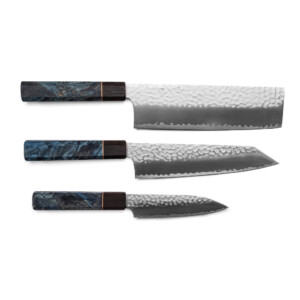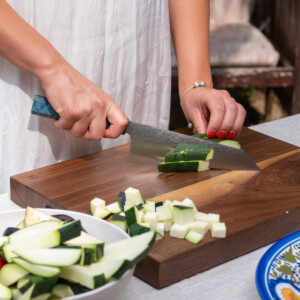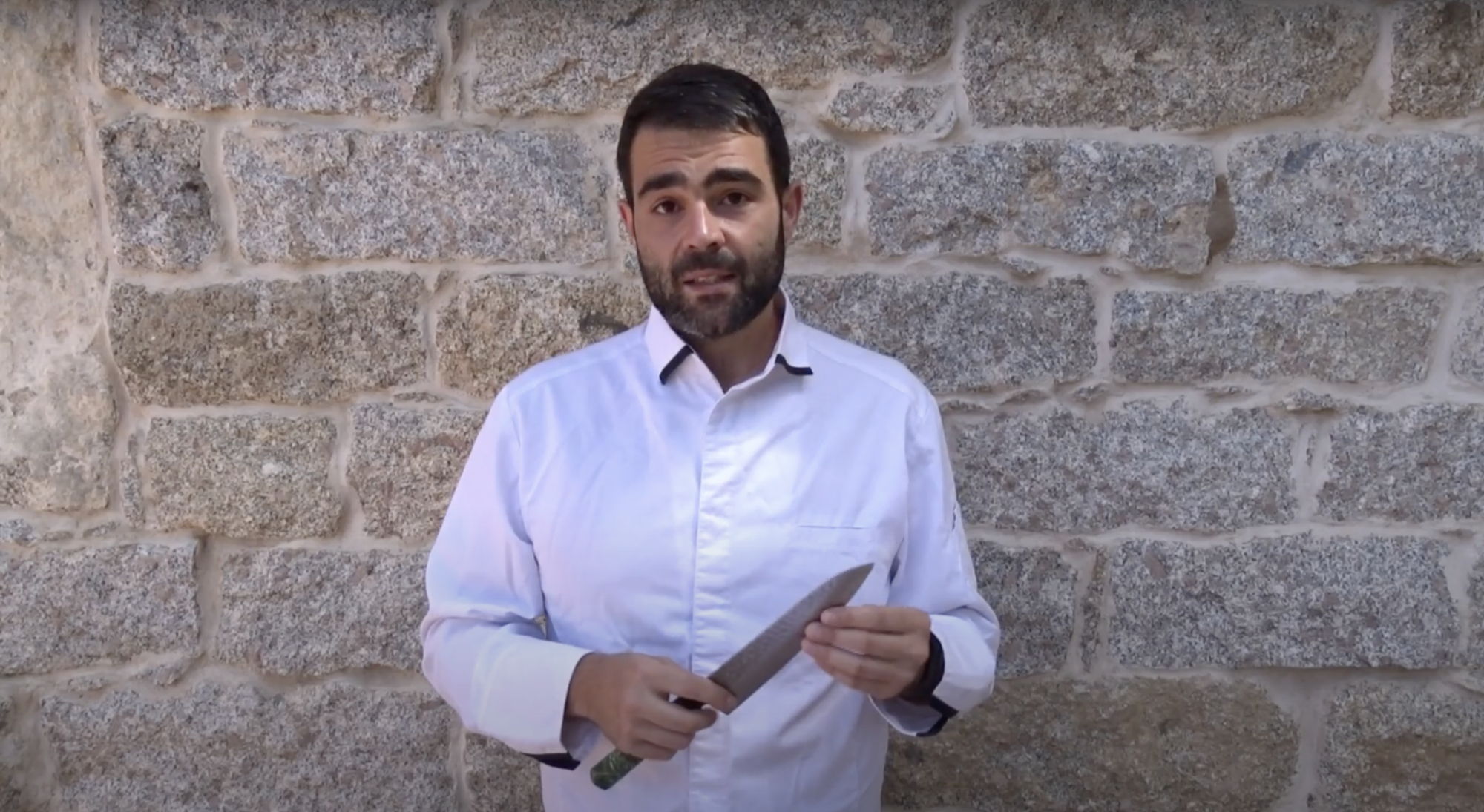We’ve gathered 50 best cooking tips from top chefs for you to enjoy.
- The smaller the item, the higher the baking temperature. For example, I bake mini chocolate chip-toffee cookies at 500 degrees F for only 4 minutes. Perfect end result.
- Store spices in a cool, dark place, not above your stove. Humidity, light and heat will cause herbs and spices to lose their flavour.
- Always make stock in a large quantity and freeze it in plastic bags. That way, when you want to make a nice soup or boil veggies, you can simply pull the bag out of the freezer.
- If you’re cooking for someone important — whether it’s your boss or a date — never try a new recipe and a new ingredient at the same time.
- Cook pasta 1 minute less than the package instructions and cook it the rest of the way in the pan with sauce.
- After making eggs sunny-side up, deglaze the pan with sherry vinegar, then drizzle the sauce on the eggs to add another dimension to the dish.
- After working with garlic, rub your hands vigorously on your stainless steel sink for 30 seconds before washing them. It will remove the odour.
- Remember schmaltz? Your mom and grandmother probably used a lot of it in their home cooking. Schmaltz, or chicken fat, has a great flavor and richness; it has a deeper flavour than duck fat and can be used on nearly everything. I also love poaching fish in it.
- If you find you need more oil in the pan when sautéing, add it in a stream along the edges of the pan so that by the time the oil reaches the ingredient being cooked, it will be heated.
- For rich, creamy dressings made healthy, substitute half the mayo with Greek-style yogurt.
- When chopping herbs, toss a little salt onto the cutting board; it will keep the herbs from flying around.
- Always season meat and fish evenly; sprinkle salt and pepper as though it’s “snowing.” This will avoid clumping or ending up with too much seasoning in some areas and none in others.
- For best results when you’re baking, leave butter and eggs at room temperature overnight.
- Homemade vinaigrettes have fewer ingredients and taste better than bottled ones. No need to whisk them: Just put all the ingredients in a sealed container and shake.
- For an easy weeknight meal, save and freeze leftover sauces from previous meals in ice cube trays. The cubes can be reheated in a sauté pan when you need a quick sauce.
- Instead of placing a chicken on a roasting rack, cut thick slices of onion, put them in an oiled pan, then place the chicken on top. The onion will absorb the chicken juices. After roasting, let the chicken rest while you make a sauce with the onions by adding a little stock or water to the pan and cooking it for about 3 minutes on high heat.
- Acidity, salt and horseradish bring out full flavours in food.
- Organise yourself. Write a prep list and break that list down into what may seem like ridiculously small parcels, like “grate cheese” and “grind pepper” and “pull out plates.” You will see that a “simple meal” actually has more than 40 steps. If even 10 of those steps require 10 minutes each and another 10 of those steps take 5 minutes each, you’re going to need two and a half hours of prep time. (And that doesn’t include phone calls, bathroom breaks and changing the radio station!) Write down the steps and then cross them off. It’s very satisfying!
- Taste as you go.
- Anytime you are using raw onions in a salsa and you are not going to eat that salsa in the next 20 minutes or so, be sure to rinse the diced onions under cold running water first, then blot dry. This will rid them of sulphurous gas that can ruin fresh salsa. It’s really important in guacamole, too.
- Do not use oil in the water when boiling pasta: It will keep the sauce from sticking to the cooked pasta.

- When you’re going to sauté garlic, slice it rather than mincing it — it’s less likely to burn that way.
- To cut pancetta or bacon into lardons or chicken in the cubes, put in the freezer for 15 minutes. This will firm up the meat and make it easier to cut.
- A cast-iron pan is a valuable kitchen ally. It offers an even cooking surface and is a breeze to clean.
- To get nice, crispy caramelisation on roasted vegetables, simulate the intense heat of an industrial oven: Bring your oven up as hot as it goes, then put an empty roasting or sheet pan inside for 10 to 15 minutes. Toss the vegetables — try carrots or Brussels sprouts — with olive oil, salt and pepper, and put them on the hot pan. This method will give you the high heat you need to caramelise the sugars in the vegetables quickly.
- When seasoning a salad, use coarse sea salt mixed with a little olive oil. It will stay crunchy when combined with the vinaigrette.
- Always use sharp knives. Not only is it safer but it will make your work much more efficient.
- Rest, rest, rest! Always let your meat rest — especially off a hot grill!
- Plunge vegetables in ice water after blanching (boiling) them so they maintain a bright colour.
- Don’t overcrowd the pan when you’re sautéing — it’ll make your food steam instead.
- When you roast a whole chicken, the breast always overcooks and dries out because the legs have to cook longer. This is a really simple way to keep a chicken breast moist: Separate the breast and the leg. Season as you normally would and roast as you normally would, but remove the breast sooner than the leg.

- Buy fruit at its peak at a farmers’ market and freeze it in an airtight container so you can enjoy it year round.
- Fresh basil keeps much better and longer at room temperature with the stems in water.
- To cook a steak, I always start by cooking it on its side, where there is a rim of fat on its narrow edge. I render it down so there’s good, flavourful fat in the pan for the rest of the cooking. Choose a steak with a layer of fat on one side, such as ribeye or sirloin. Put the steak fat-side down in a hot pan, holding it with tongs. Once the fat is rendered, lay the steak flat in the pan and cook on both sides.
- If you’re cooking cauliflower, add a bit of milk to the water with salt to keep the cauliflower bright white. Shock it in cold water to stop the cooking and then serve.
- Don’t go to the store with a shopping list. Go to the store, see what ingredients look good and then make your list.
- When making mashed potatoes, after you drain the potatoes, return them to the hot pan, cover tightly and let steam for 5 minutes. This allows the potatoes to dry out so they’ll mash to a beautiful texture and soak up the butter and cream more easily.
- Always measure what you’re baking. No shortcuts in pastry: It’s a science.
- When using fresh herbs such as cilantro or parsley, add whole stems to salads and sandwiches, and chop and stir leaves into salsas and guacamole.
- To optimise the juice you get from a lemon or lime, roll it hard under your palm for a minute before juicing. You can also microwave it for 10 to 15 seconds.
- For perfect vegetable soup, start with diced carrots, onions, peppers and tomatoes sautéed in oil or butter before you add any liquid. This brings out the taste and caramelises the sugars.
- Shoes off, music on, favourite beverage in hand — enjoy your time in the kitchen.
- Prolong the lifespan of greens by wrapping them loosely in a damp paper towel and placing in a resealable plastic bag. That local arugula will last about four days longer.
- Want to know if your oil is hot enough for frying? Here’s a tip: Stick a wooden skewer or spoon in the oil. If bubbles form around the wood, then you are good to go.
- Cook with other people who want to learn or who know how to cook.

- Don’t dress the salad when having a big party. Leave it on the side and let the people do it themselves. I’ve had too many soggy salads because of this.
- For crispy fish skin, rest the fish on paper towels skin-side down for a few minutes before cooking (the towels absorb moisture). Then sauté skin-side down over medium heat in oil and butter. Flip over for the last few minutes of cooking.
- To help keep an onion together while dicing, do not remove the root.
- Making the best ceviche is simple: Use freshly squeezed lime juice and glistening fresh fish.
- Don’t be afraid to ask the butcher or fishmonger to see the products up close and to smell for freshness. Fish should never smell fishy.
